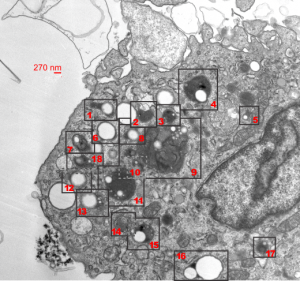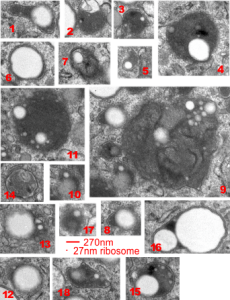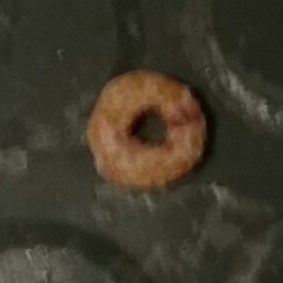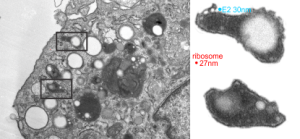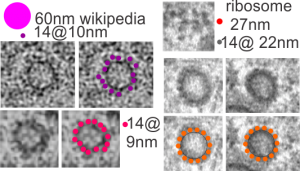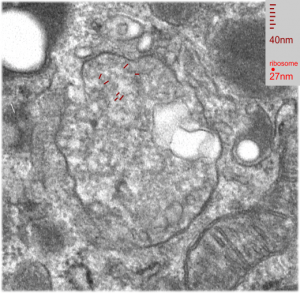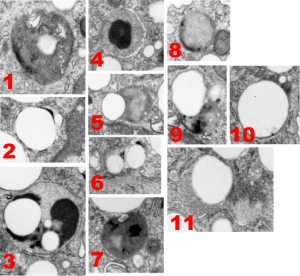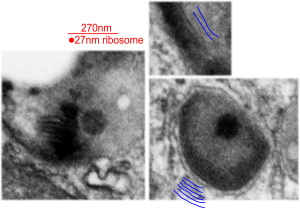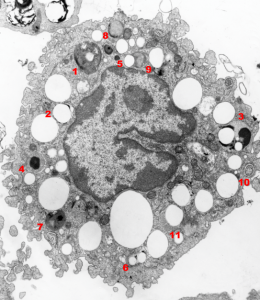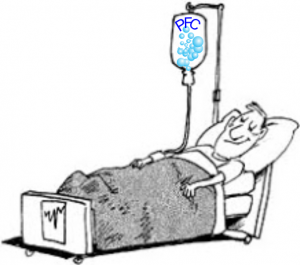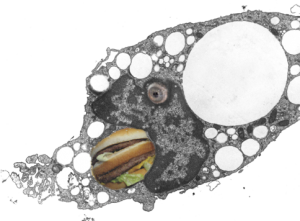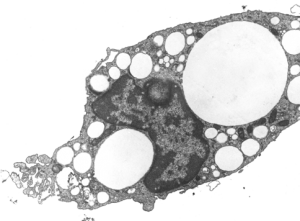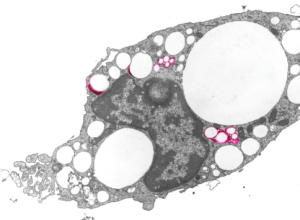 Here is a quote from a chapter in “Blood Substitutes” (By Robert M. Winslow) and the chapter was written by Jean G. Riess, PhD and Marie Pierre Krafft, PhD. Please note that the location of the primary author is San Diego (home of an ailing Alliance Pharmaceutical Corp Oxygent PFC based blood substitute development) which (like an earlier post on an article by a researcher there – possibly the CEO) also read more like an advertisement extolling the virtues of a product they wanted promote than a scientific pronouncement outlining the effects, both good and bad, of PFC based blood substitutes. I quote one paragraph which is particularly off base, here ‘verbatim’.
Here is a quote from a chapter in “Blood Substitutes” (By Robert M. Winslow) and the chapter was written by Jean G. Riess, PhD and Marie Pierre Krafft, PhD. Please note that the location of the primary author is San Diego (home of an ailing Alliance Pharmaceutical Corp Oxygent PFC based blood substitute development) which (like an earlier post on an article by a researcher there – possibly the CEO) also read more like an advertisement extolling the virtues of a product they wanted promote than a scientific pronouncement outlining the effects, both good and bad, of PFC based blood substitutes. I quote one paragraph which is particularly off base, here ‘verbatim’.
Finally, PFCs are not metabolized, and no microorganism is known to feed on them – since Mother Nature did not exploit the PFC route, she did not develop the enzymes that would have been needed to recycle them. Pure PFCs have no effect on cell cultures either, other than the benefits that result from O2 or CO2 delivery. One can drink PFCs by the liter without side effects other than wet pants due to extreme spreadibility!
I take exception to several things here, firstly I have witnessed (with electron microscopy) in vitro responses in the reticuolendothelial cells to PFC: 1) and there are differences in PFC-induced responses, which vary with the PFC, and there are changes in the phagocytic cell population involved, including phagocytosis and the appearance of immune activation. I have seen macrophages that have engulfed enough emulsion particles so that they become half of the visible cytoplasm. If this is “no effect” I will laugh — it certainly is an effect. 2) also, macrophages produce visibly increased amounts of lysosomal enzymes that get piled into their phagolysosomes… as very dense caps. Were that not enough, the last several posts on PFC and macrophages (in vivo) lysosomal inclusions have shown that a huge response in the multivesicular bodies/late endosomes/PFC inclusions to the PFC E2.
Image: cut and pasted and highlighted red cells, shadowed, and also wikipedia’s image of the molecule for perfluorodecalin, the most commonly used ingredient in many of the blood substitutes. (BTW, none of the various concoctions really were viable substitutes).
